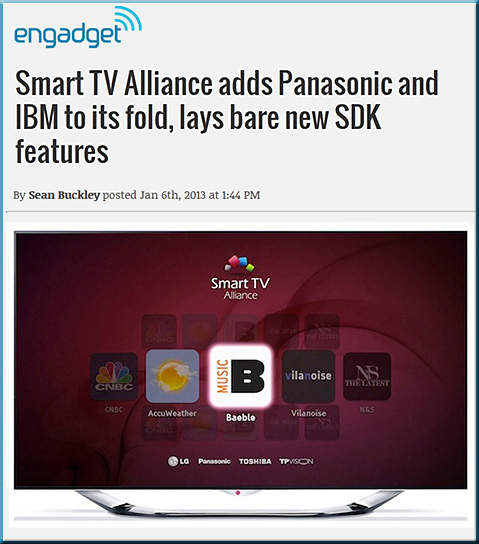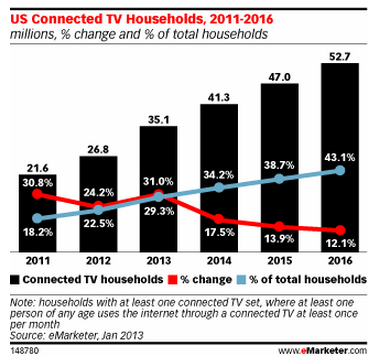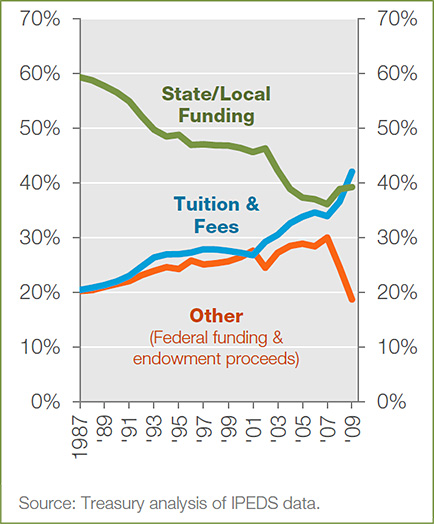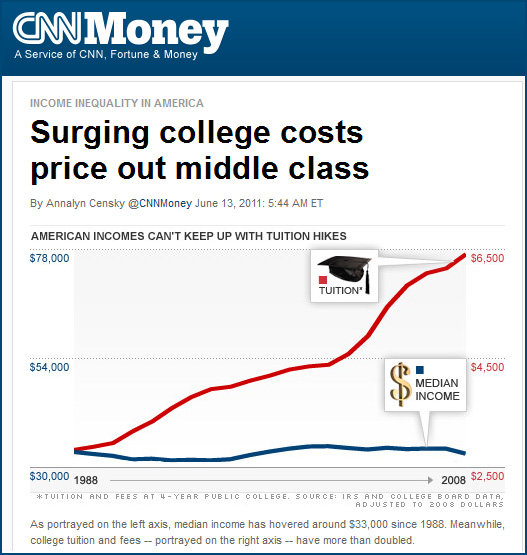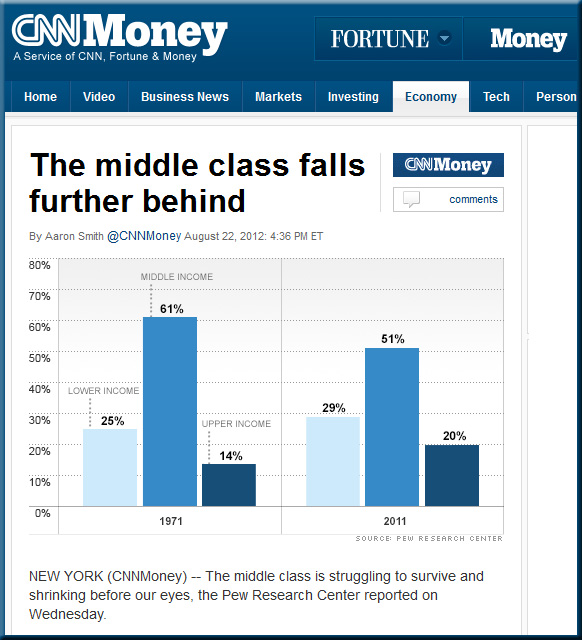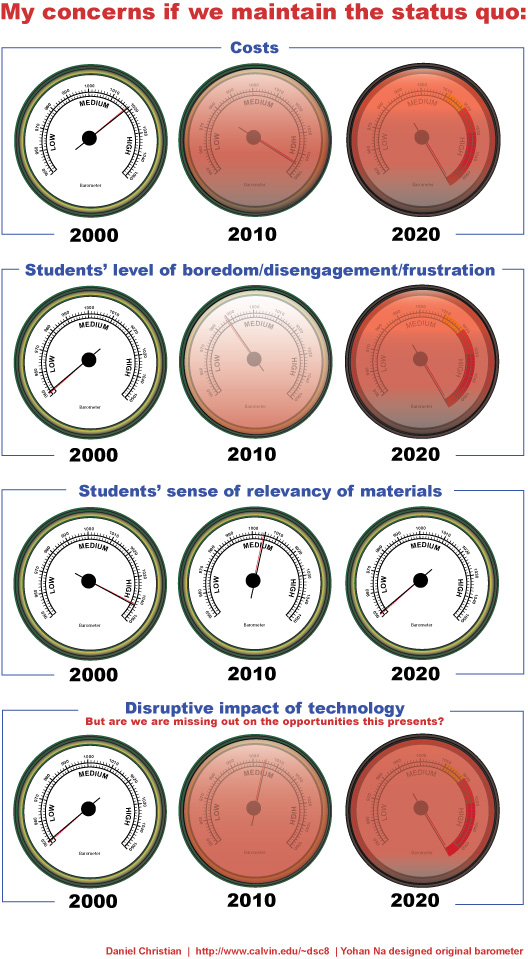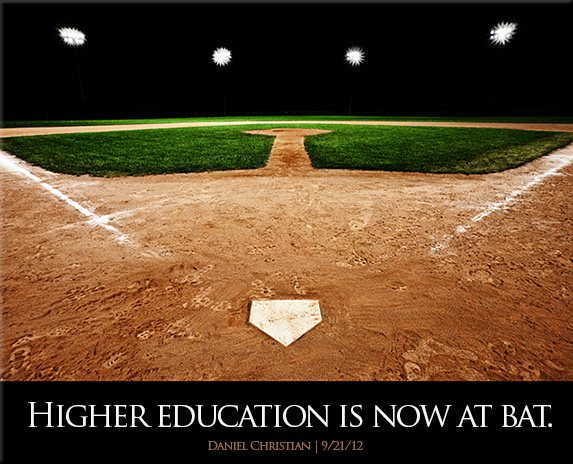How the internet is making us poor — from qz.com by Christopher Mims
Excerpt:
Everyone knows the story of how robots replaced humans on the factory floor. But in the broader sweep of automation versus labor, a trend with far greater significance for the middle class—in rich countries, at any rate—has been relatively overlooked: the replacement of knowledge workers with software.

Also see:
- Automation and employment–Posner – — from becker-posner-blog.com
. - How robots are eating the last of America’s—and the world’s—traditional manufacturing jobs —from qz.com by Christopher Mims — February 15, 2013
. - Race Against the Machine — by Erik Brynjolfsson and Andrew McAfee
. - Here’s the difference between repeating slogans and understanding a concept — by Andrew McAfee
. - Software is eating the world. What it means for your business. — from onesaas.com by Aaron Beashel
.
From DSC:
So…what courses aren’t we teaching in K-12 and in higher ed that we need to be teaching to help our students get prepared for this quickly-changing situation in the workplace? Now? In the near future?
What’s some good career advice (or resources) out there?
Dan Pink’s A Whole New Mind is one resource that comes to mind.









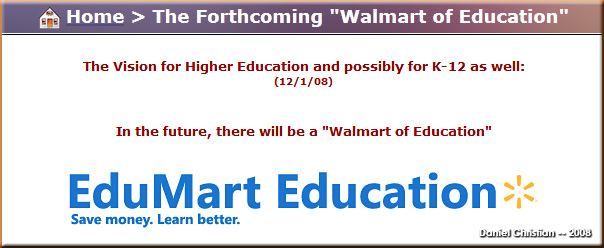

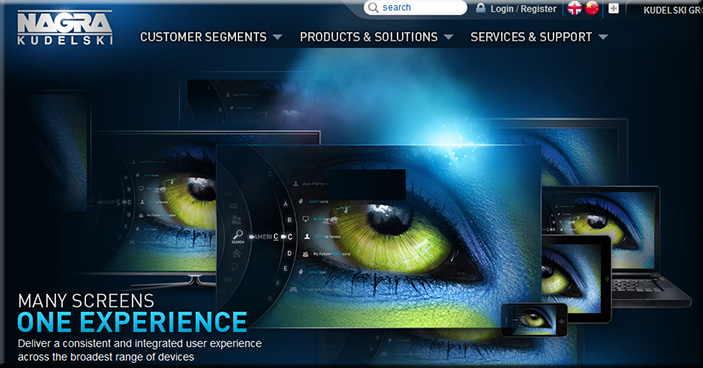
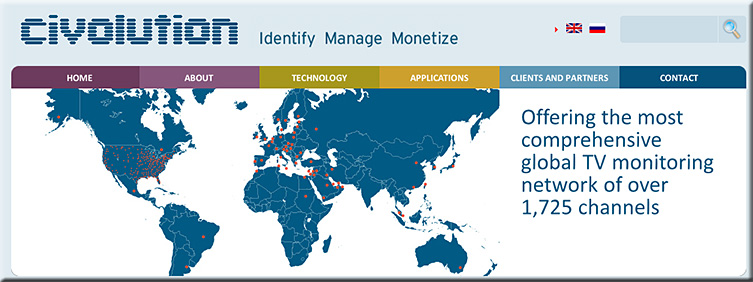
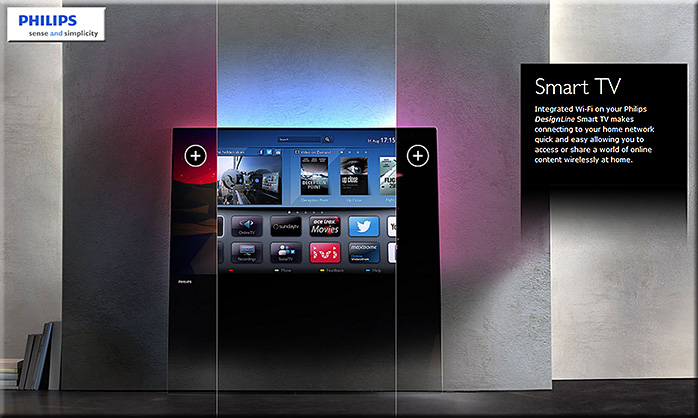

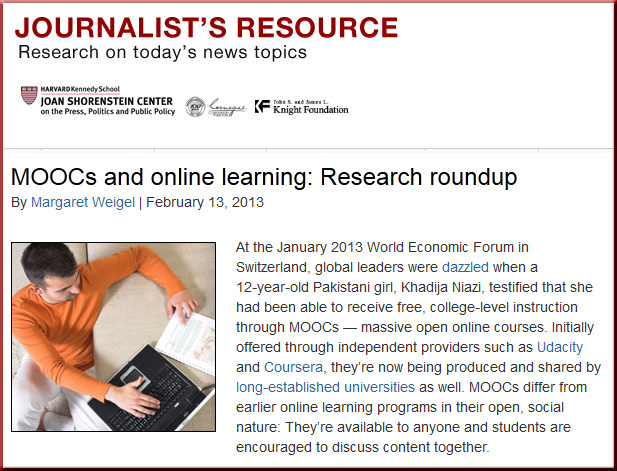

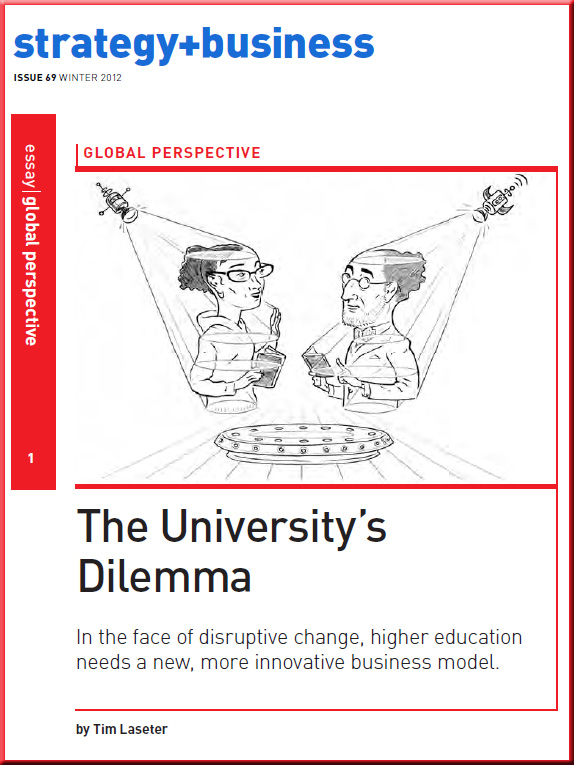
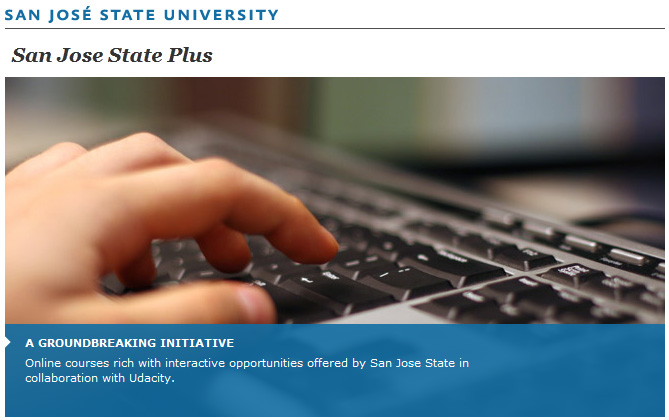

![The Living [Class] Room -- by Daniel Christian -- July 2012 -- a second device used in conjunction with a Smart/Connected TV](http://danielschristian.com/learning-ecosystems/wp-content/uploads/2012/07/The-Living-Class-Room-Daniel-S-Christian-July-2012.jpg)
